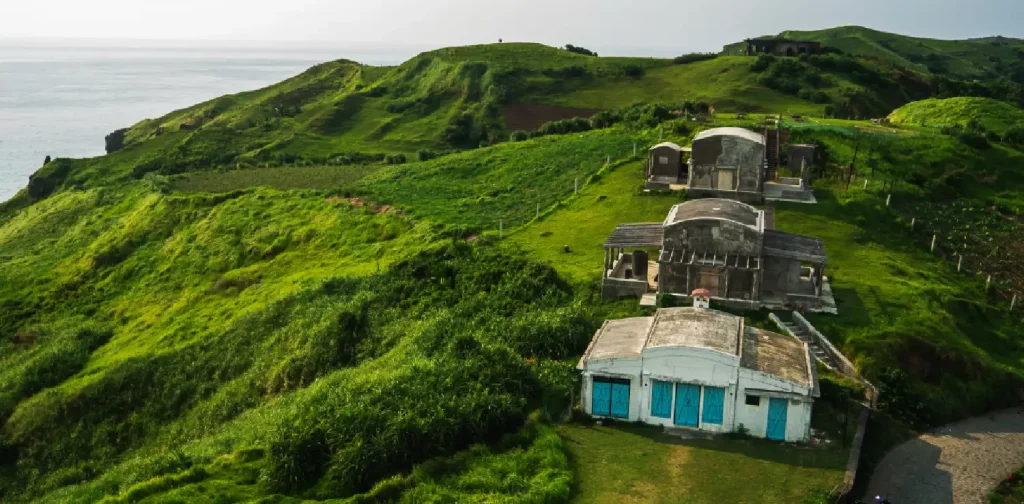Towards Sustainable Tourism in Batanes Islands, the Philippines

Batanes | Photo: Rene Padillo on Unsplash.
Traveling is a great way to have fun, take a break, and experience new things. At the same time, tourism impacts your destinations – economically, environmentally, and socially. Too often, the impacts are negative. So, it is important to closely monitor and ensure tourism activities do not harm the areas and their locals. Batanes Islands in the Philippines is the latest region to join the UNWTO International Network of Sustainable Tourism Observatories.
Batanes Islands
Batanes Islands is an archipelagic province in the Philippines, the northernmost in location and the smallest in population and land area. The region has ten islands, but only the three largest are inhabited: Batan, Itbayat, and Sabtang. Batanes is home to the Ivatan people, an Indigenous Austronesian ethnolinguistic group.
The islands are also home to some endemic biodiversity and a sanctuary for migratory birds. For instance, a conifer species, Podocarpus costalis, fully blossoms and fruits only on Batanes Islands. As a tourism destination, Batanes offers a unique experience of rock formations, rolling hills, lighthouses, free-roaming horses and cattle, the seaside, and a calming, peaceful escape from bustling cities and tourist spots.
Moreover, Batanes preserves most of its old traditional structures, such as the Sinadumparan. Sinadumparan is a type of Ivatan house made of stones, lime mortar, and cogon grass roof. Nicknamed the Home of the Winds, Batanes Islands have houses built to withstand severe typhoons, monsoon rains, hot and humid summers, and even earthquakes.
In collaboration with the provincial government and local stakeholders, the Batanes Tourism and Hospitality Monitoring Centre (BTHMC) led the region’s participation in the International Network of Sustainable Tourism Observatories (INSTO). So far, the participatory process has produced key sustainability insights identified by the Ivatan people. The observatory plans to expand its focus towards environmental and social areas.
The UNWTO International Network of Sustainable Tourism Observatories (INSTO)
Batanes Islands is the latest addition among the 38 observatories in the INSTO Network worldwide. In the Asia Pacific, there are eight regions in China (Yangshuo, Changshu, Kanas, etc.), five in Indonesia (Sanur, Toba, Lombok, etc.), and one in Australia (South West).
Established in 2004, the International Network of Sustainable Tourism Observatories is an initiative under the UN World Tourism Organization (UNWTO). It aims to support evidence-based tourism management. In short, the observatories monitor the economic, environmental, and social impacts of tourism at the destination level.
The initiative also actively engages local stakeholders through an inclusive and participatory approach. It empowers them by building awareness, establishing and fostering a solid support system of facilitators, and forming a local working group.
Essentially, the initiative utilizes the systematic application of monitoring, evaluation, capacity building, and collaboration. The results would provide policymakers and other relevant stakeholders with key tools and information to achieve a more resilient, sustainable tourism that benefits the locals, the visitors, and the planet.
Thank you for reading!
If you find this content useful, join GNA-International Annual Individual Membership and gain unlimited online access to all news and stories, including Exclusive Content that showcases sustainable development and sustainability cross-sectoral insights from multi-stakeholders in governments, businesses, and civil society in the Asia Pacific and beyond.

Nazalea Kusuma
Naz is the International Editor at Green Network Asia. She once studied Urban and Regional Planning and has lived in multiple cities across Southeast Asia. She is a passionate and experienced writer, editor, translator, and creative designer with almost a decade worth of portfolio.


 Recognizing the Rights of Nature (RoN)
Recognizing the Rights of Nature (RoN)  Ensuring Workplace Safety Against Harassment and Violence
Ensuring Workplace Safety Against Harassment and Violence  Revealing the Reality of Global Corporate Climate Actions
Revealing the Reality of Global Corporate Climate Actions  Key Growth Trends for SMEs in Asia Pacific
Key Growth Trends for SMEs in Asia Pacific  Books, Libraries, and Communities in the Time of Crisis
Books, Libraries, and Communities in the Time of Crisis  Halting Coral Bleaching Is an Urgent Matter
Halting Coral Bleaching Is an Urgent Matter